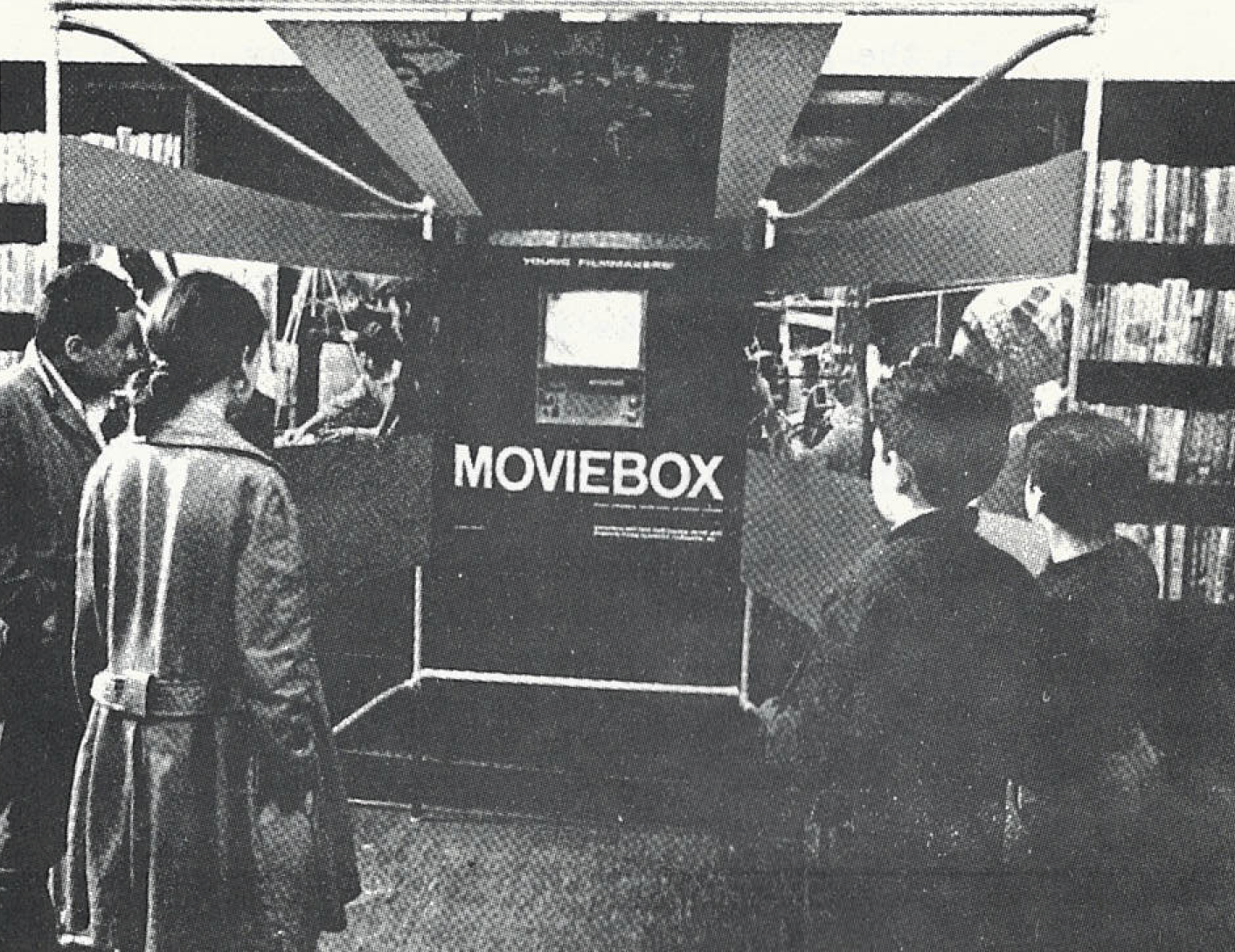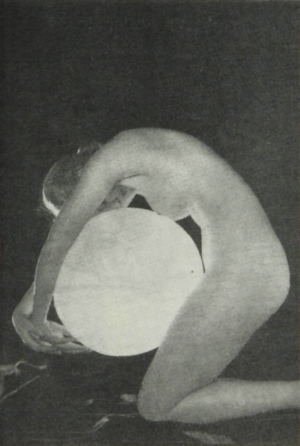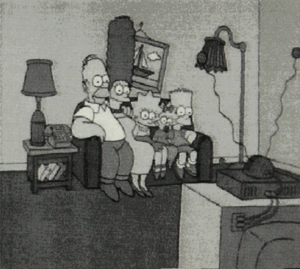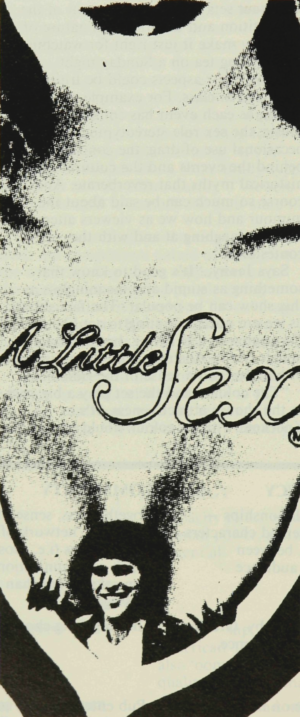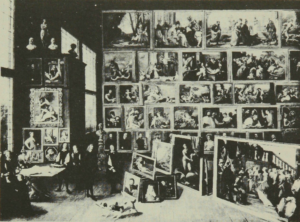Australian film teachers have long wished for wider audiences for student films. At the same time libraries and art galleries have been wondering how to get more people to take an interest in what they have to offer. Moviebox was one solution found by Rodger Larson and Lynne Hofer of the Young Filmmakers’ Foundation in New York.
Moviebox was a sort of mini-theatre set up in libraries to show student films. The New York State Council of the Arts asked the Young Filmmakers’ Foundation to design a program for teenagers comprised of films made by young people and to take it on tour to eight branch libraries in the South Bronx, one of New York City’s poorest sections.
During the previous years the Foundation had already presented outdoor screenings of youth-made films in streets and play grounds, using a Volkswagen bus and a large portable screen. Now they wanted to create something for libraries that would be as easy to show as an outdoor movie.
The answer was to use two Mark IV Super 8 cartridge loading rear screen projectors, lent by the Fairchild Camera Corporation. To give the show a measure of containment and to make it clear that the movies were entirely the work of the young film makers, the projector was set in a three sided frame of aluminium poles and panels – a box seven feet square at the front, four feet deep, and three feet square at the back. On the side and top panels were mounted photographs of the young film makers in action at the Film Club, the Movie Club at Henry Street and the Film Workshop of the Studio Museum in Harlem. The whole structure could be taken to pieces in half an hour, loaded on top of a car, and moved on to the next library.
The Moviebox was used for ten weeks with no service problems apart from the necessity to change bulbs in the projector frequently because of near continual use each afternoon and some mornings. The film teacher who transported Moviebox set it up in libraries with the help of any young people who happened to be there at the time. He showed librarians how to put in the cartridges and change bulbs, and gave them a supply of bulbs and a replacement projector in case of possible breakdown. He also told young people and librarians about the background of the film makers and the workshops.
One of the librarians commented on the difference between Moviebox and traditional film showings:
We have found on a number of occasions that when showing films in the traditional manner (i.e. darkened auditorium, symmetrical arrangement of chairs etc.) many children and young people are intimidated by these conditions and are reluctant to enter the auditorium, but will peek from the doorway. The darkened, silent auditorium (“don’t trip over the cord,” “don’t walk in front of the screen”) contributes to their reluctance to disturb, make noise in front of all those people, or, even worse, have to leave before the movie is finished. Many children have parents waiting for them at home or have limited time to spend in the library. The Moviebox removes all these conditions and the proof was evident as it continuously played to a “full house”.
For use on the Moviebox seven 16mm films scripted, directed, acted, photographed and edited by young people aged 13–20 were each reduced to 20 minute continuous loop Super 8 cartridges.
Some of the films shown are now available for borrowing from the National Film Library at Canberra. They can be borrowed through the State Film Centre or the Audio Visual Education Centre. Titles of the compilations are Introducing Young Film Makers (C1796), Young Film Makers Look at Their World (C1390) and Young Film Makers Entertain Children (C1467). Many of the Center’s Films have won awards and have been presented at such film festivals as Cannes. They have frequently been shown on all the major television networks in the United States and often appear on educational television programmes. Colleges, universities, libraries and mental health organizations have found a variety of uses for the films. In general the films represent a fresh honest look at the world around them and deal bravely with problems such as the alienation of young Puerto Ricans in New York, drug-taking, and theft. Technically they have many faults like most student films. There is no question however but that Rodger Larson, probably the best-known film teacher in the States, has made a valuable contribution through his work at the Foundation.
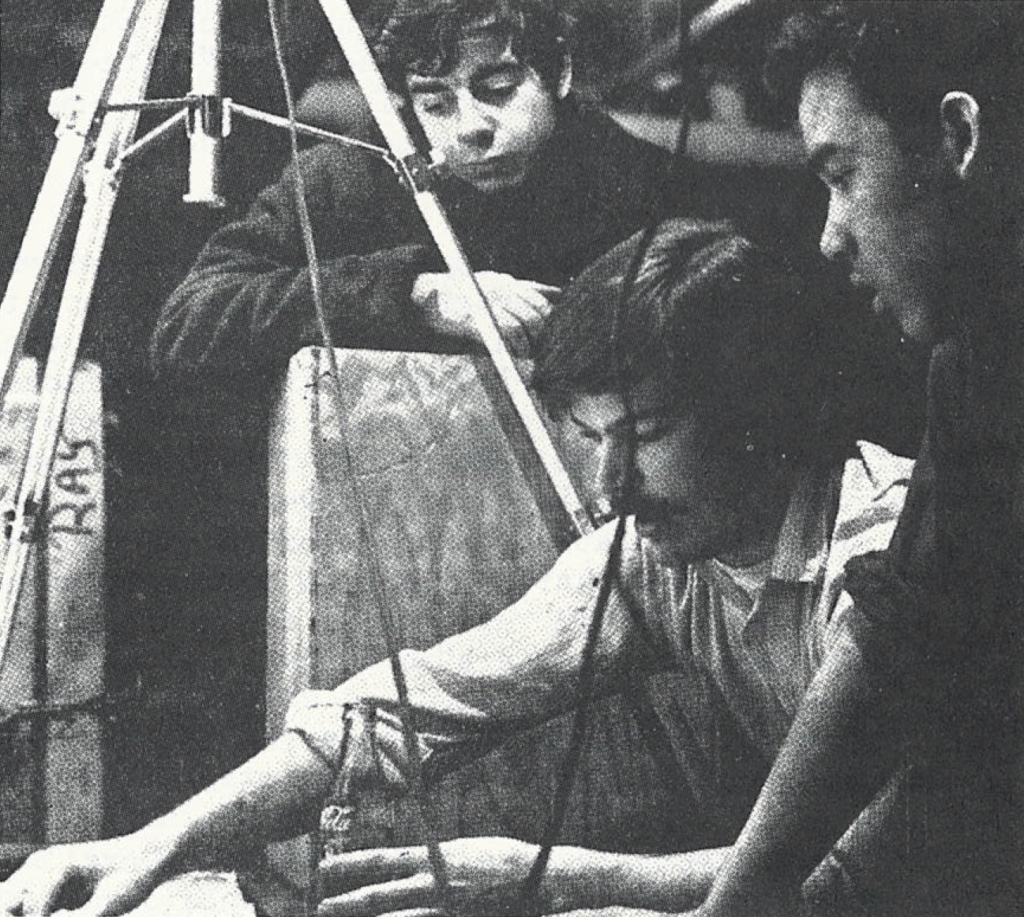
Since Moviebox was used mainly in neighborhoods where most young people were black and Puerto Rican, films made by black and Puerto Rican teenagers were chosen. Viewers and librarians alike approved this programming according to Lynne Hofer of the Filmmakers’ Foundation. Here are some of their comments:
A great way to spend a rainy Saturday.
I liked it because they are using Puerto Ricans.
In the city things happen that way.
It gives you a chance to see short movies that you wouldn’t believe a teenager made.
Moviebox provides an excellent means of serving nonreaders, reluctant readers, and readers who want a change from books sometimes.
There were first the older teens, many of whom we had never been able to draw into the branch for other than might jazz and drama programs. They came singly or in small groups of three or four and sat and viewed all the programs very seriously. Many came back bringing friends with them. They usually came in between 12.00 and 2.00 p.m. This was very unusual, for they had never come into the branch at that time before… Second were the after-school juvenile and junior high-school groups who came in en masse after school. This was the most consistent group, coming back day after day during the period Moviebox was here… Third were the school classes and other groups who had received our posters and came either as a formal class visit or after school.
Some librarians objected to having Moviebox in the library, feeling that it caused chaotic conditions or that the programs only appealed to a minority, the black truants, and that “white kids simply weren’t interested”. Lynne Hofer commented that this might be an unconscious endorsement: they were in fact reaching youngsters who had been up till then unresponsive to what the library had to offer.
Lynne Hofer in retrospect thought that she might change or emphasize certain things in the program. She would have twice as many films and would leave them in each library at least two weeks; she would place Moviebox only in libraries where it could be located in the open – easily visible from the front entrance; she would preview all films with the staff, going into the background of the film makers and discussing some reactions and prejudices that viewers have expressed. Finally she would urge that the operation of Moviebox be carried on as much as possible by young adults, and that it “be seen primarily as entertainment to be sampled briefly, casually and repeatedly, as an organic part of the different pleasures a library offers”.

Here are some ideas which spring to mind after thinking about Moviebox and the Young Filmmakers’ Foundation:
• Could something like the Young Filmmakers’ Foundation be set up in Melbourne with help from charitable organizations such as the Myer Foundation, the photographic firms such as Kodak, and the Interim Council for the National Film and Television School?
• Is there a dedicated film teacher, like Rodger Larson or Lynne Hofer, prepared to work for a number of years with such a film workshop?
• Are the Museums and Art Centres interested in helping young people to make films and in opening up their facilities to show films and attract previously uninterested young people?
• Could schools use occasions like local shows to show student films? (Dandenong Technical School has already done this.)
• How could a suitable library of 8mm films on cartridges be set up?
Lastly Australian drama, art and film explore ways of looking at ourselves and our environment in a new light. The Romerils, Buzos, Howleys and Bustalls among our young film makers need a closer relationship with their audiences. Something like Moviebox might provide one answer.
References:
Films on Demand by Lynne Hofer. School Library Journal, Nov. 1970, Vol. 17, No. 3.
Focus on Youth in Industrial Design, June 1970.
Young Film-makers by Rodger Larson, E. P. Dutton 1969 and Avon Paperback 1971.
[from Film Appreciation Newsletter vol. 2, no. 10]
